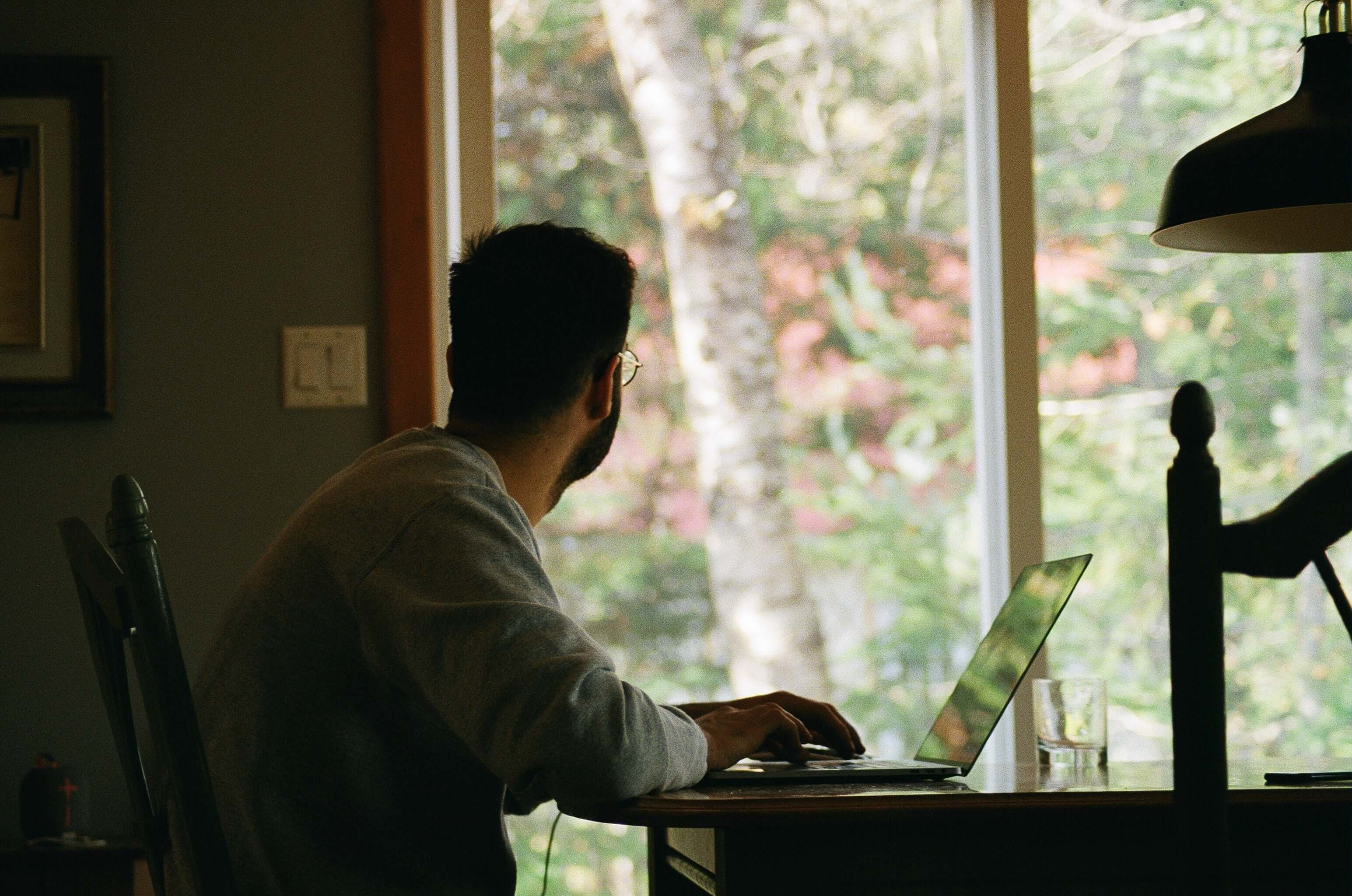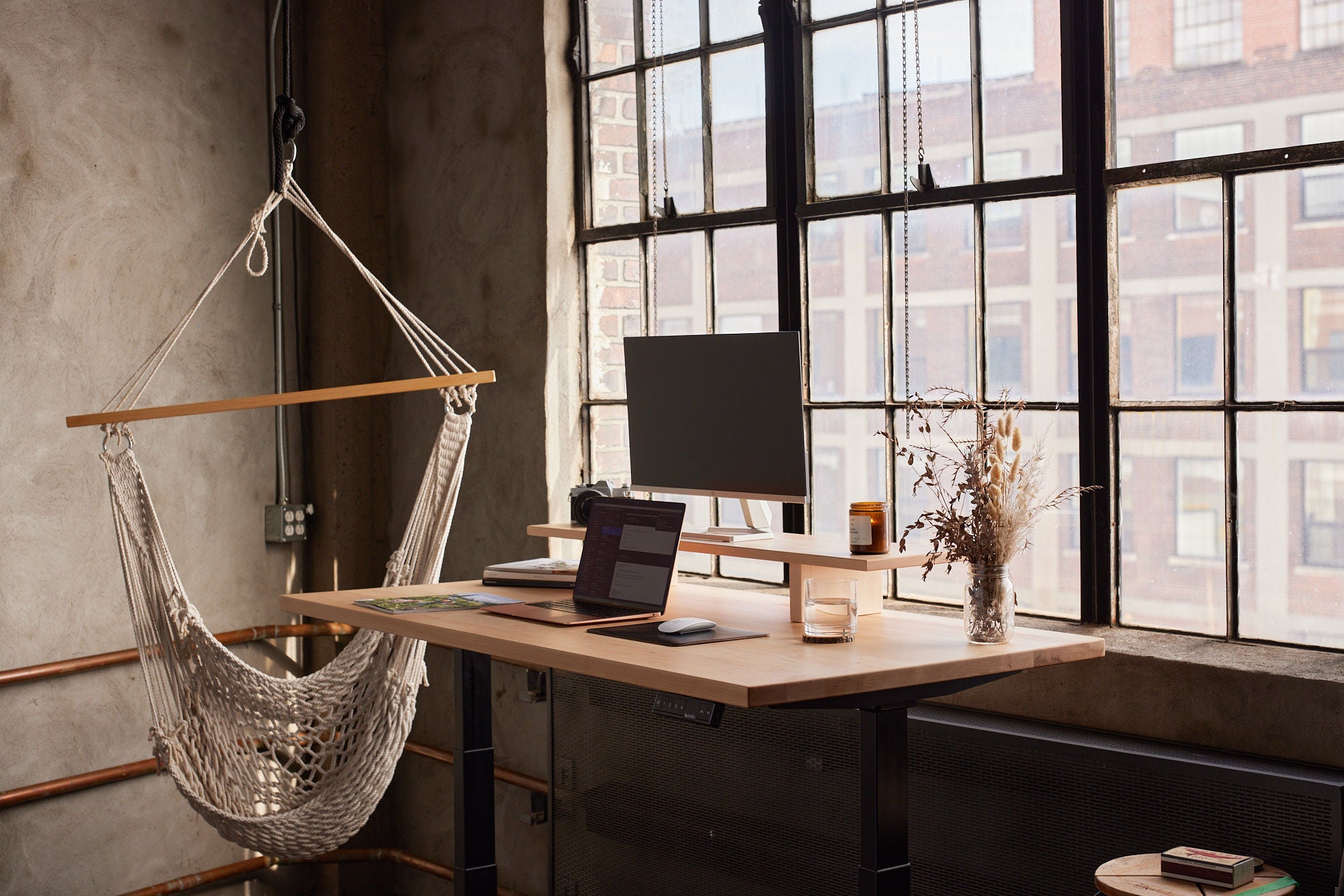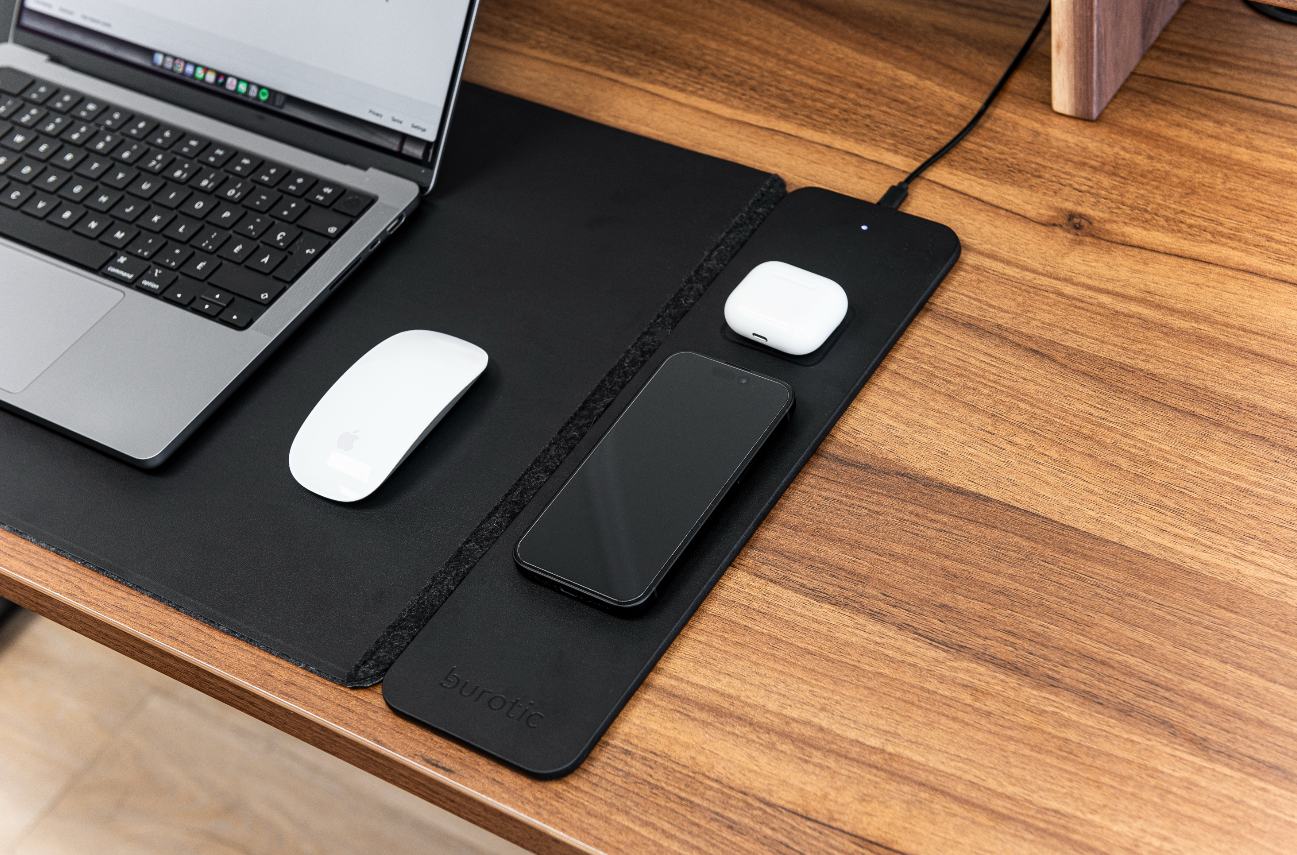Creating a Comfortable and Productive Home Office Setup
If you're working from home, having a comfortable and productive home office setup is essential. Not only will it help you feel more comfortable while you work, but it will also help you stay focused and get more done. Here are some tips for creating a home office that works for you:
- Choose the right location: The location of your home office is important. It should be a quiet, well-lit area that is free from distractions. If you have the option, choose a room with a door that you can close when you need to focus.
- Invest in a comfortable chair: You'll be spending a lot of time sitting in your office chair, so it's important to choose one that is comfortable and supportive. Look for a chair with good lumbar support and adjustable features like armrests and seat height.
- Get a good desk: Your desk should be big enough to hold all of your equipment and supplies, and it should be at a comfortable height for you to work at. If you have a standing desk, be sure to choose one that is the right height for you.
- Invest in good lighting: Good lighting is important for both your physical and mental health. Consider investing in a desk lamp with a full-spectrum bulb to help reduce eye strain and improve your mood.
- Keep your office organized: Clutter can be distracting, so it's important to keep your office organized. Consider using storage solutions like file cabinets, baskets, and bins to keep everything in its place.
- Add personal touches: Your home office should be a place that feels comfortable and welcoming to you. Add personal touches like plants, artwork, and cozy blankets to make it feel like your own.
- Incorporate ergonomic features: Ergonomic features can help reduce the risk of injury and improve your overall comfort while you work. Consider an ergonomic mouse and keyboard, or a standing desk converter to give yourself the option to stand or sit.
- Use a white noise machine: If you live in a noisy area or have a lot of distractions at home, a white noise machine can be a helpful tool. It can help drown out background noise and make it easier for you to focus on your work.
- Take breaks: It's important to take breaks and move around throughout the day to reduce the risk of injury and improve your overall productivity. Stand up and stretch every hour, or take a short walk outside to get some fresh air.
- Stay hydrated: Drinking plenty of water is important for both your physical and mental health. Keep a water bottle on your desk and make a conscious effort to drink throughout the day.
- Invest in a good quality internet connection: If you rely on the internet for your work, it's important to have a good quality connection. Consider upgrading your internet package or using a wired connection instead of WiFi to ensure that you have a stable connection.
- Use a separate phone line for work: If you have clients or customers that you need to talk to during the day, it can be helpful to have a separate phone line for work. This will allow you to keep your personal and work calls separate, and it will also make it easier for you to focus on.
- Make use of natural light: Natural light can help improve your mood and productivity, so try to position your desk near a window if possible. If you don't have access to natural light, consider investing in a full-spectrum light bulb to help simulate the effects of natural light.
- Keep your office clean and tidy: A clean and tidy office can help improve your focus and productivity. Make a habit of tidying up your workspace at the end of each workday, and consider hiring a professional cleaning service to come in on a regular basis.
- Consider using a standing desk: Standing desks have become popular in recent years, and for good reason. They can help improve your posture, reduce the risk of back pain, and increase your energy levels. If you're interested in using a standing desk, be sure to choose one that is the right height for you and take regular breaks to stretch and move around.
- Use a planner or task management tool: Keeping track of your tasks and deadlines can be a challenge when you're working from home. Using a planner or task management tool can help you stay organized and on top of your work.
- Find a way to separate work from home life: It can be difficult to disconnect from work when you're working from home. To help separate your work and home life, try to create a designated workspace that is separate from the rest of your home. This will help you mentally transition between work and home mode.
- Take advantage of technology: There are many tools and apps available that can help you stay organized and productive while you work from home. Consider using a time-tracking app to help you stay on track, or a project management tool to help you stay organized.
- Use comfortable office supplies: Simple things like a comfortable mouse and keyboard can make a big difference in your overall comfort while you work. Invest in high-quality office supplies that are comfortable to use and will last a long time.
- Don't be afraid to ask for help: If you're struggling to set up a comfortable and productive home office, don't be afraid to ask for help. Consider hiring a professional organizer to help you get your space set up, or ask a friend or family member for their advice.
Creating a comfortable and productive home office setup takes time and effort, but it's worth it in the end. By following these tips, you can create a workspace that is tailored to your needs and helps you get the most out of your workday.




The Importance of Ergonomic Workstations and Standing Desks in the Modern Office
Why Should You Invest in High-Quality Furniture for Your Home Office?